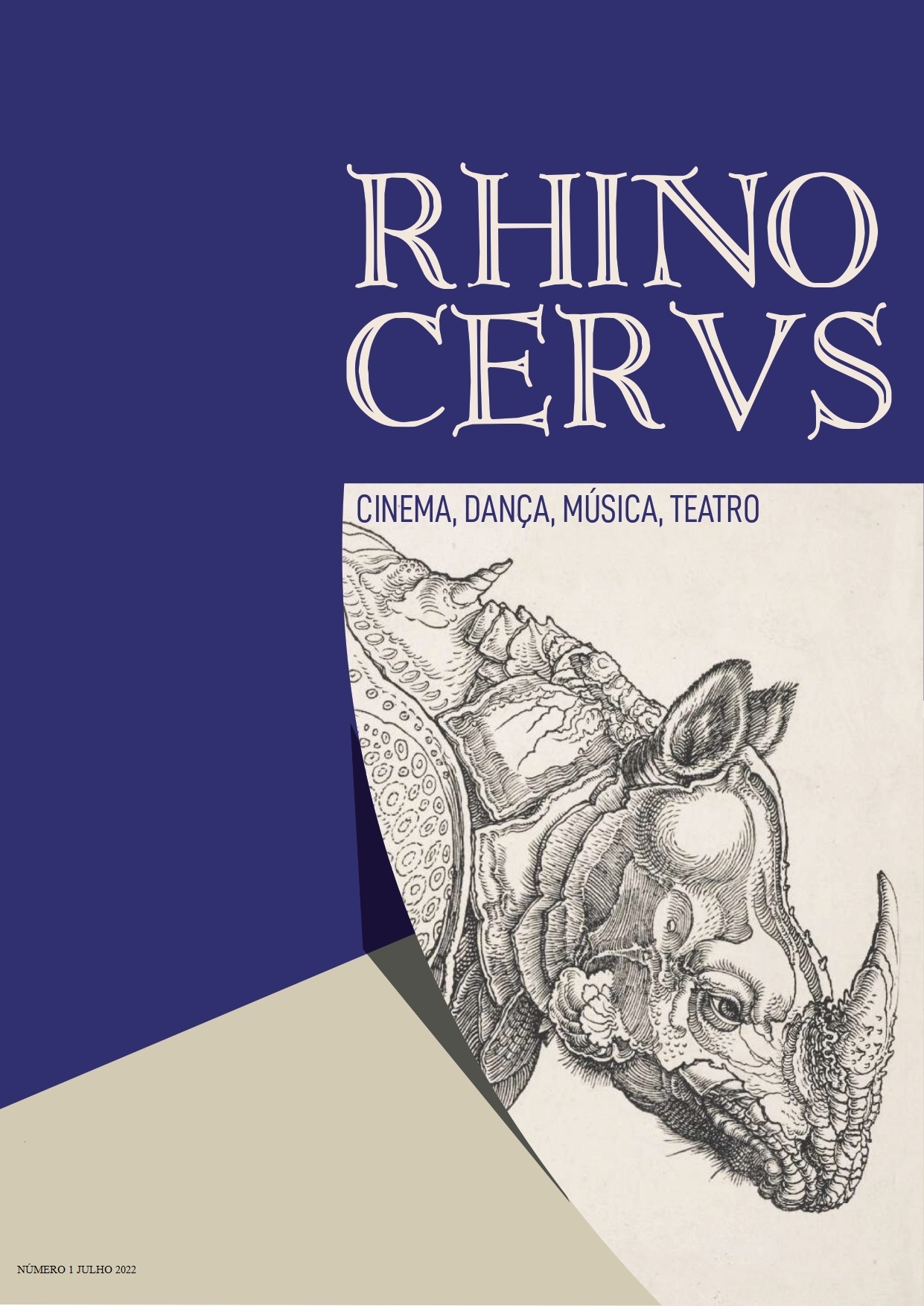Manuel de Sá Couto, the “Lagoncinha” (1768-1837), exponent of Portuguese historical organaria
DOI:
https://doi.org/10.34629/rcdmt.vol.1.n.1.pp87-102Keywords:
Manuel de Sá Couto, Lagoncinha, Portuguese organ, Historic organ-making, North of PortugalAbstract
The Portuguese historic organ was defined between the 18th and the 19th century through the activity carried out in Lisbon by the organ-makers António Xavier Machado e Cerveira (1756-1828) and Joaquim António Peres Fontanes (1750-1818). In the north of Portugal, this new organ model was widely and simultaneously implemented by the organ-maker Manuel de Sá Couto (1768-1737), formed at the organ school developed around the Galician organ-builder settled in Guimarães Francisco Antonio de Solla Filgueira (1731-1794). Although the “Lagoncinha” – nickname by which Sá Couto was known – accomplished a personal synthesis between the Iberian and Portuguese traditions materialized in the high technical and artistic quality of dozens of his organs still preserved, his relevance in the context of the 19th century Portuguese organ-making has not yet been properly legitimized by the historiography of the organ in Portugal. It is precisely this recognition that the present article aims do claim.
Downloads
References
Fontes manuscritas
Arquivo Distrital de Braga. Paróquia de Lousado 1675/1911. Batismos 1759/1806. f.42r. Acedido Maio 10, 2022. http://pesquisa.adb.uminho.pt/viewer?id=1019258&FileID=669782.
Arquivo Distrital de Braga. Paróquia de Lousado 1675/1911. Óbitos 1760/1871. ff.159v.–160r. Acedido Maio 10, 2022. http://pesquisa.adb.uminho.pt/viewer?id=1019268&FileID=670063.
Obras
Brescia, Marco. 2020. Órgão José Joaquim da Fonseca (c.1863) e a Organaria Histórica Portuguesa / Organ José Joaquim da Fonseca (c.1863) and the Portuguese Historic Organ-making. Lisboa: Castelpor.
Carvalho, Joaquim Félix de. 2018. Restauro Filológico: Órgão Manuel de Sá Couto. Braga: Seminário Conciliar, Faculdade de Teologia.
Jambou, Louis. 1988. Evolución del Órgano Español: Siglos XVI-XVIII. Oviedo: Servicio de Publicaciones de la Universidad de Oviedo.
Nassarre, Pablo. 1724. Escvela Musica, Segvn la Practica Moderna, 2vv. Saragoça: Herederos de Diego de Larumbe.
Sande Lado, Herminio. 2015. Organeiros de Xeve: Historia Duns Fillos de Xeve. Santo Andrés de Xeve: Herminio Sande Lado.
Vieira, Ernesto. 1900. Diccionario Biographico de Músicos Portuguezes: Historia e Bibliographia da Musica em Portugal, 2vv. Lisboa: Typographia Mattos Moreira & Pinheiro.
Capítulo de livro
Vaz, João. 2013. “Dynamics and Orchestral Effects in Late Eighteenth Century Portuguese Organ Music: The Works of José Marques e Silva (1782-1837) And The Organs of António Xavier Machado e Cerveira (1756-1828).” In Interpreting Historical Keyboard Music: Sources, Contexts and Performance, edição de Andrew Wooley e John Kitchen, 157–172. Farnham: Ashgate Publishing.
Artigos
Jordan, Wesley. 1984 “Dom Francisco António de Solha, Organeiro de Guimarães.” Boletim de Trabalhos Históricos, 35:116–136.
Vaz, João. 2019 “‘Portuguese’ Organ Versus ‘Iberian’ Organ: Organ Building in Portugal After 1700.” Boletim Cultural 2018/2019, 2.a série:59–74.
Dissertações de Doutoramento
Brescia, Marco. 2013. “L’École Echevarría en Galice et Son Rayonnement au Portugal”, 2vv. Dissertação de Doutoramento, Universidade Paris IV – Sorbonne / Universidade NOVA de Lisboa. Acedido Maio 10, 2022. https://run.unl.pt/handle/10362/52148.
Vaz, João. 2009. “A Obra Para Órgão de Fr. José Marques e Silva (1782-1837) e o Fim da Tradição Organística Portuguesa no Antigo Regime”, 2vv. Dissertação de Doutoramento, Universidade de Évora. Acedido Maio 10, 2022. https://dspace.uevora.pt/rdpc/handle/10174/23075.
Relatório técnico
Brescia, Marco. 2018. Relatório da Intervenção de Conservação e Restauro Realizada no Realejo Histórico (c. 1819-1822) do Mosteiro de Santo Tirso. Acedido Maio 10, 2022. https://2fc4f14f-f6e9-437b-b8eb-ae1beb2f259c.filesusr.com/ugd/e92088_0b99425868d747f7a1eeb9c9b4100b5f.pdf.
Downloads
Published
Issue
Section
License
Copyright (c) 2022 RHINOCERVS: Cinema, Dança, Música, Teatro

This work is licensed under a Creative Commons Attribution-NonCommercial 4.0 International License.
Articles published or submitted to RHINOCERVS: Cinema, Dança, Música, Teatro are licensed according to Creative Commons Attribution License (CC BY-NC 4.0). Authors agree that:
Copyrights of all articles published are retained by authors with first publication copyright granted to the journal.
All articles are under the Creative Commons Attribution License recognizing the authorship of the publication and identifying that first publication took place in this journal.
Authors have the right to free distribute or make available in private or institutional pages the version published by RHINOCERVS: Cinema, Dança, Música, Teatro provided the original proper citation.
The journal only accepts articles not published previously (except in the form of an abstract or as part of academic thesis), that it is not under consideration for publication elsewhere. After published, the article cannot be published again partial or totally without the editorial board consent.





